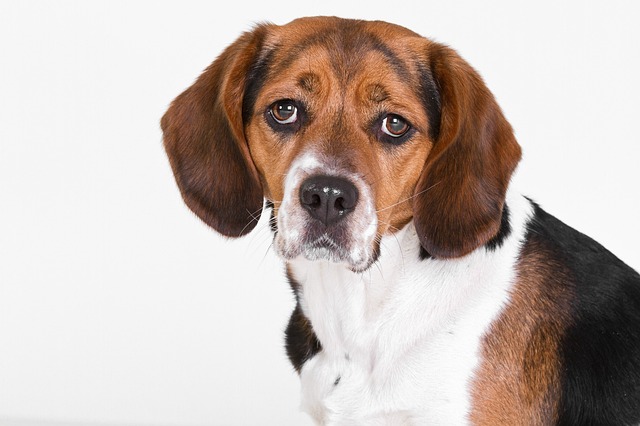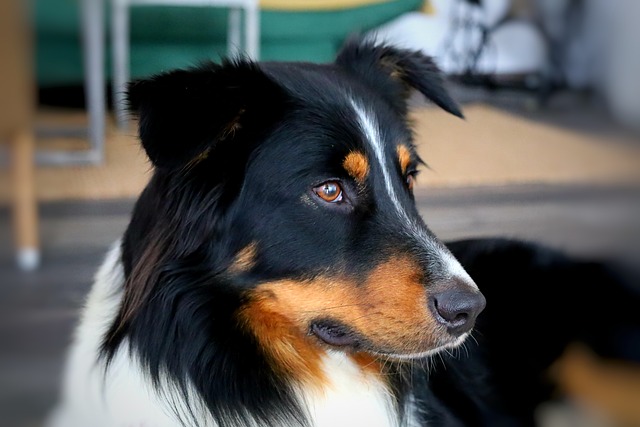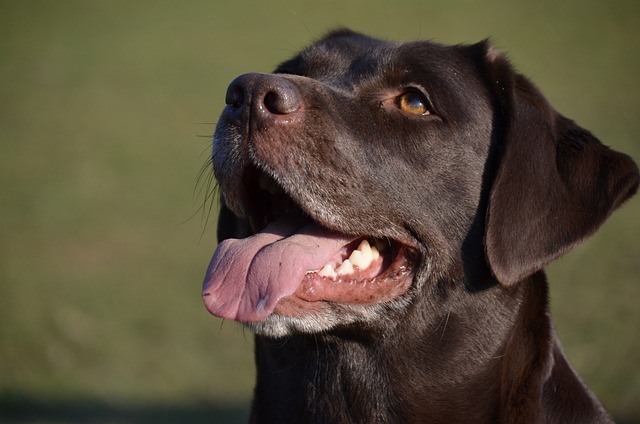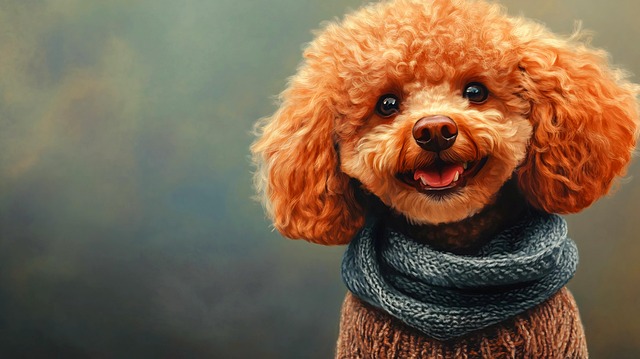When the furry Labrador puppy stumbles into the house, its ignorant eyes and cheerful little tail instantly capture the owner's heart. However, the ensuing problem of "urinating and defecating anywhere" has caused many owners headaches. Since when can this cute little guy learn to go to the toilet at a fixed place? Behind this question, there are secrets of the puppy's physiological development, and also a warm story of the trust and tacit understanding between the owner and the dog. Every patient guidance is a gentle protection for the growth of life.
The development of the urinary system and nervous system of Labrador puppies determines when they can initially control defecation. In the first few weeks after birth, puppies are completely dependent on the stimulation of the mother dog to defecate, just like babies in swaddling clothes, unable to complete the excretion process independently. As they grow, around 3-4 weeks of age, the puppies' bladders and anal sphincters begin to develop gradually, but at this time they still lack autonomous consciousness, and excretion behavior is more of a physiological instinctive reaction. It is not until 6-8 weeks of age that the puppies' nervous systems have developed to a certain extent, and they begin to feel the bladder filling, but their control ability is still very limited, just like a toddler, even if they have consciousness, it is difficult to fully control their bodies.
Generally speaking, 8-12 weeks of age is the golden age for Labrador puppies to begin toilet training. At this stage, the puppy's brain develops to a certain extent, can understand and remember simple instructions, and its body functions gradually mature, and it has the initial ability to hold urine. But it should be noted that each puppy is a unique individual, and there are differences in the speed of development. Some Labradors can hold 1-2 hours without excretion at 8 weeks, while others may not be able to do so until 10 weeks. This is just like the growth of children, some are precocious, while others are a little slow, and the owner needs to accept their pace with an inclusive attitude.
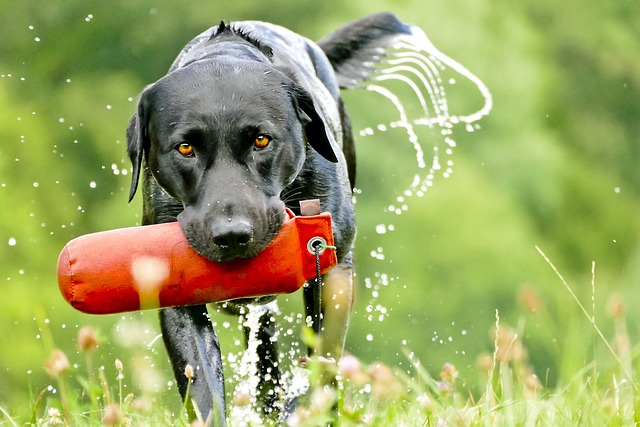 In the process of puppies learning to use the toilet, the owner's keen observation and timely guidance are crucial. When Labrador puppies want to defecate, they will show specific behavioral signals: suddenly stop playing, lower their heads to sniff the ground, turn in circles, or frequently wander in corners. When the owner catches these subtle signals, he should immediately call the puppy softly and take it to the designated toilet area. During this process, the tone should be gentle and the movements should be gentle to avoid making the puppy feel nervous or scared.
In the process of puppies learning to use the toilet, the owner's keen observation and timely guidance are crucial. When Labrador puppies want to defecate, they will show specific behavioral signals: suddenly stop playing, lower their heads to sniff the ground, turn in circles, or frequently wander in corners. When the owner catches these subtle signals, he should immediately call the puppy softly and take it to the designated toilet area. During this process, the tone should be gentle and the movements should be gentle to avoid making the puppy feel nervous or scared.
Training Labrador puppies to use the toilet is inseparable from positive motivation. When the puppy completes defecation in the right place, the owner should immediately give enthusiastic praise, touch its head, praise it in a gentle tone, and reward it with a small piece of delicious snacks. This positive feedback will make the puppy understand that defecation in this place can be loved and rewarded by the owner, so that it will gradually develop a habit. On the contrary, if the puppy accidentally defecates in the wrong place, the owner should avoid loudly scolding or corporal punishment. Because puppies cannot understand the reason for punishment, they will only develop a fear mentality, and may even deliberately defecate in places where the owner cannot see because of fear. The correct approach is to clean up quietly and use a pet-specific deodorant to completely eliminate the smell to prevent the puppy from being attracted again.
As puppies grow up, after 12 weeks of age, their ability to hold urine will be significantly enhanced. At this time, the owner can appropriately extend the interval between taking the puppy to the toilet and expand their range of activities. But this process needs to be gradual and must not be rushed. Every successful toilet training is a milestone in the growth of puppies and a witness to the warming of the relationship between the owner and the dog.
It is not a one-time thing for Labrador puppies to learn to go to the toilet at a fixed point, but a process that requires time and patience. From the ignorance of toddlers to gradually mastering the skills of independent toileting, every progress of puppies is inseparable from the careful teaching of the owner. In this process, the owner is not only a trainer, but also a companion, witnessing the growth and transformation of life with love and tolerance. When one day, the Labrador is able to walk confidently to the designated toilet area and complete excretion while wagging its tail, the owner will gain not only a tidy home environment, but also a deep and warm emotional bond with the dog.
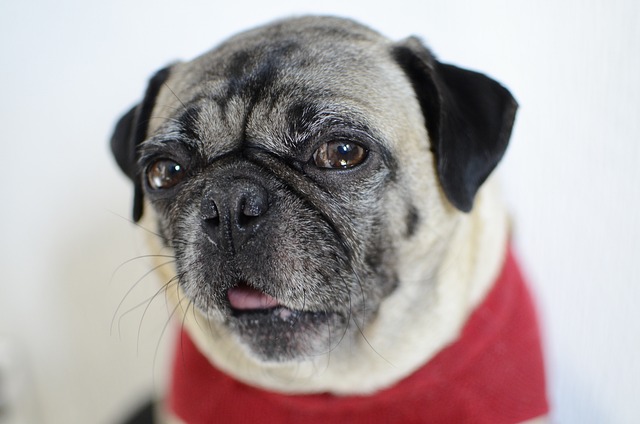
 In the process of puppies learning to use the toilet, the owner's keen observation and timely guidance are crucial. When Labrador puppies want to defecate, they will show specific behavioral signals: suddenly stop playing, lower their heads to sniff the ground, turn in circles, or frequently wander in corners. When the owner catches these subtle signals, he should immediately call the puppy softly and take it to the designated toilet area. During this process, the tone should be gentle and the movements should be gentle to avoid making the puppy feel nervous or scared.
In the process of puppies learning to use the toilet, the owner's keen observation and timely guidance are crucial. When Labrador puppies want to defecate, they will show specific behavioral signals: suddenly stop playing, lower their heads to sniff the ground, turn in circles, or frequently wander in corners. When the owner catches these subtle signals, he should immediately call the puppy softly and take it to the designated toilet area. During this process, the tone should be gentle and the movements should be gentle to avoid making the puppy feel nervous or scared.